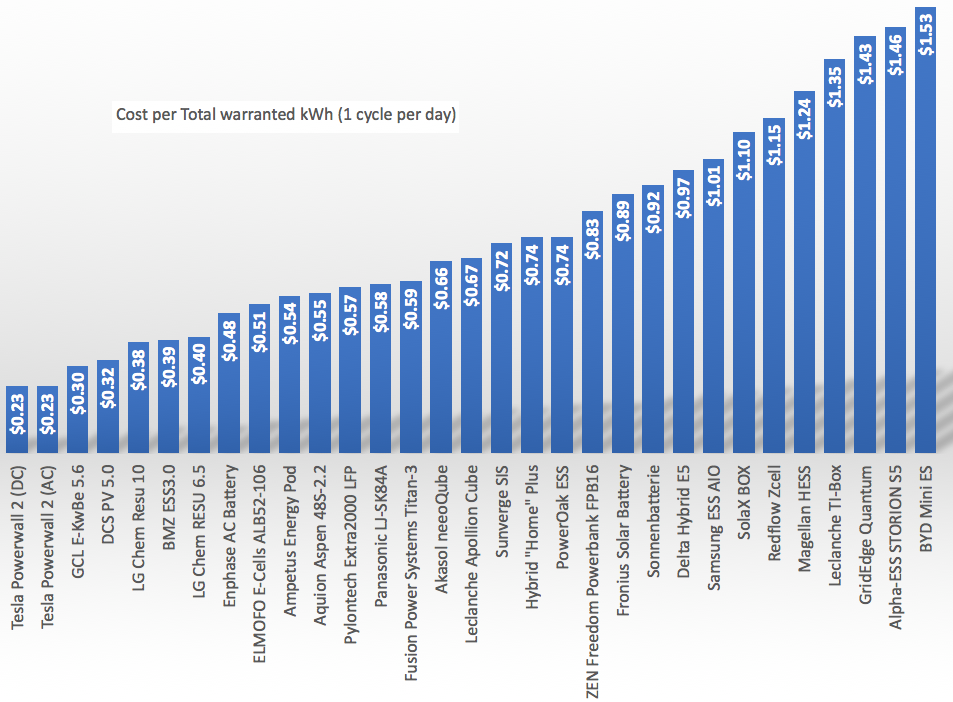if it were me I would connect to the grid, buy a generator that will run what you need if the grid is down, you will need the generator either way.
This will mean you can have you aircons or what whatever else you want and work all night if you need to.
Your costs over a long time will likely be similar, but the grid and back up generator will be a lot easier to live with than stand alone solar.
This will mean you can have you aircons or what whatever else you want and work all night if you need to.
Your costs over a long time will likely be similar, but the grid and back up generator will be a lot easier to live with than stand alone solar.

Comment